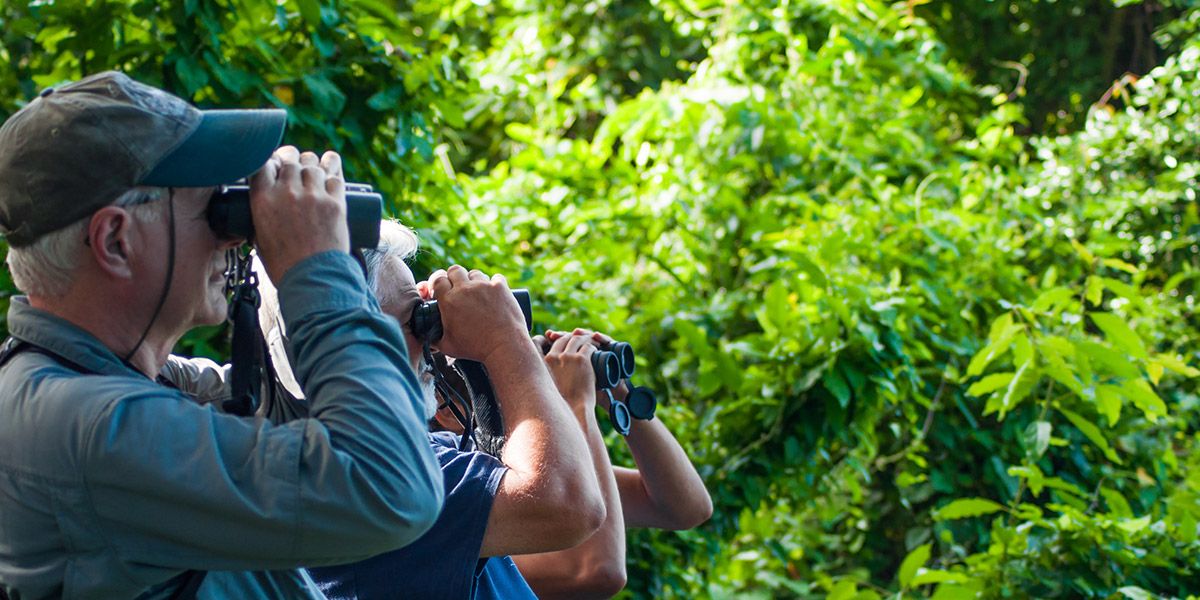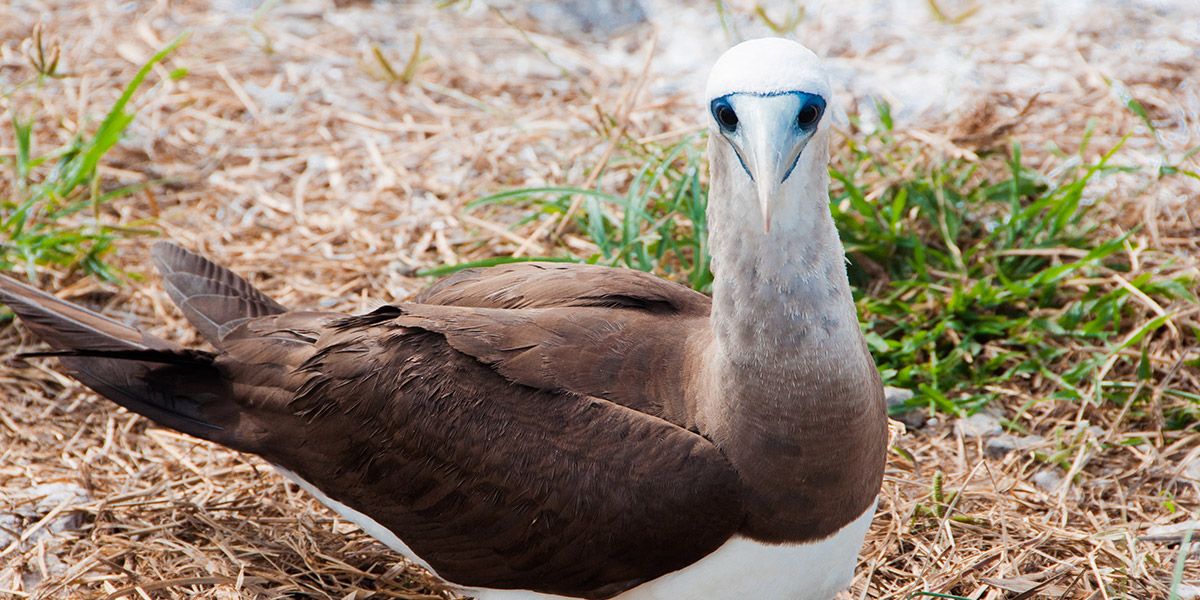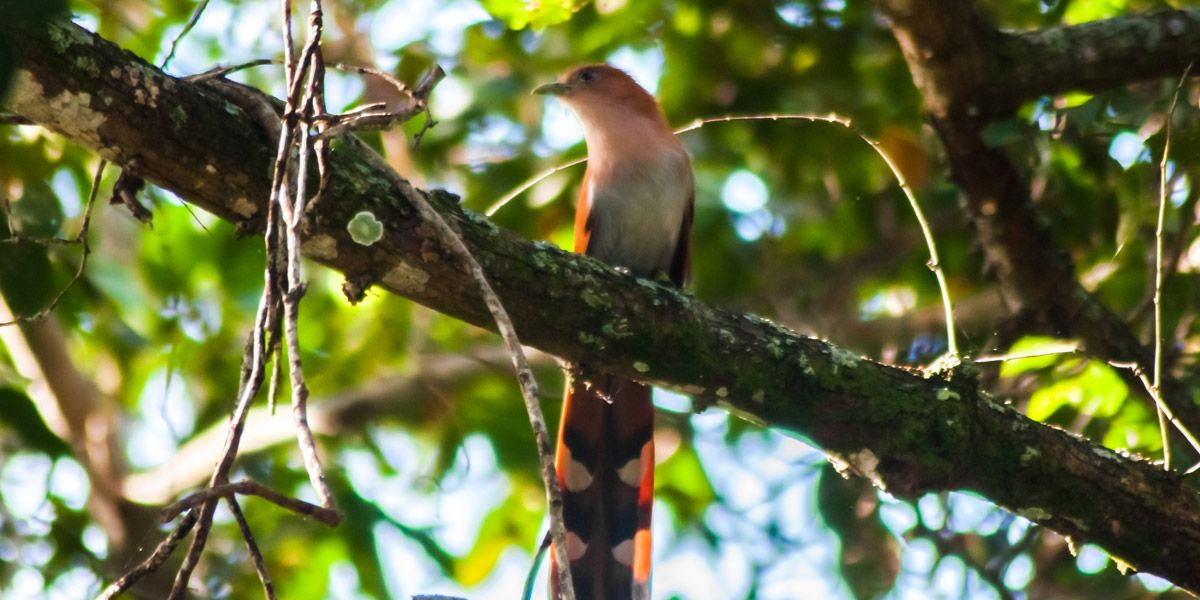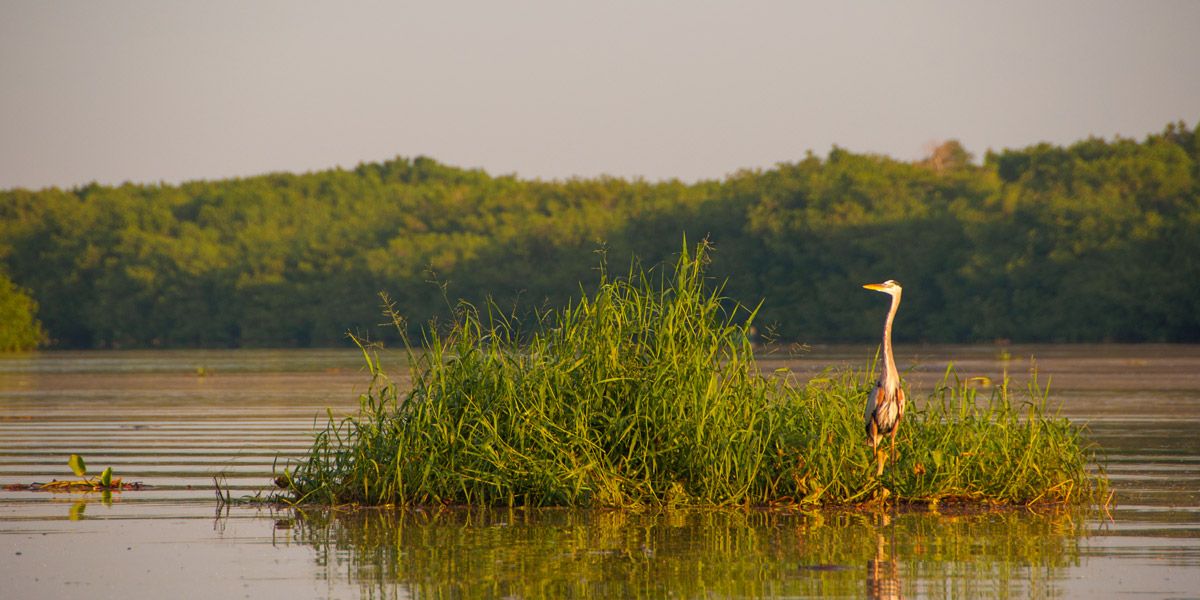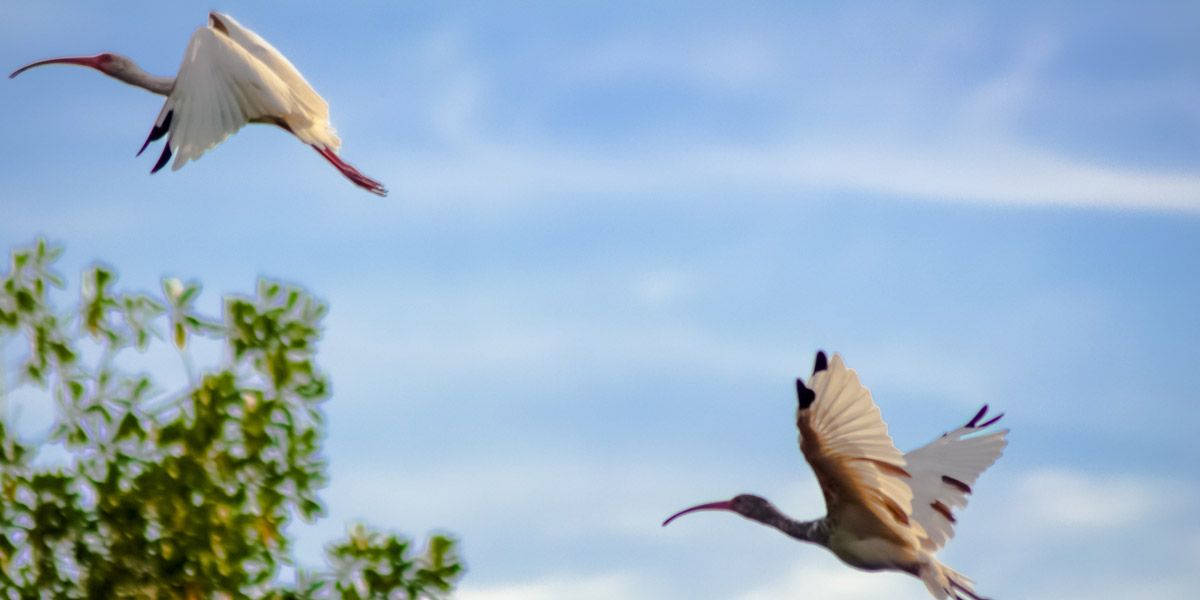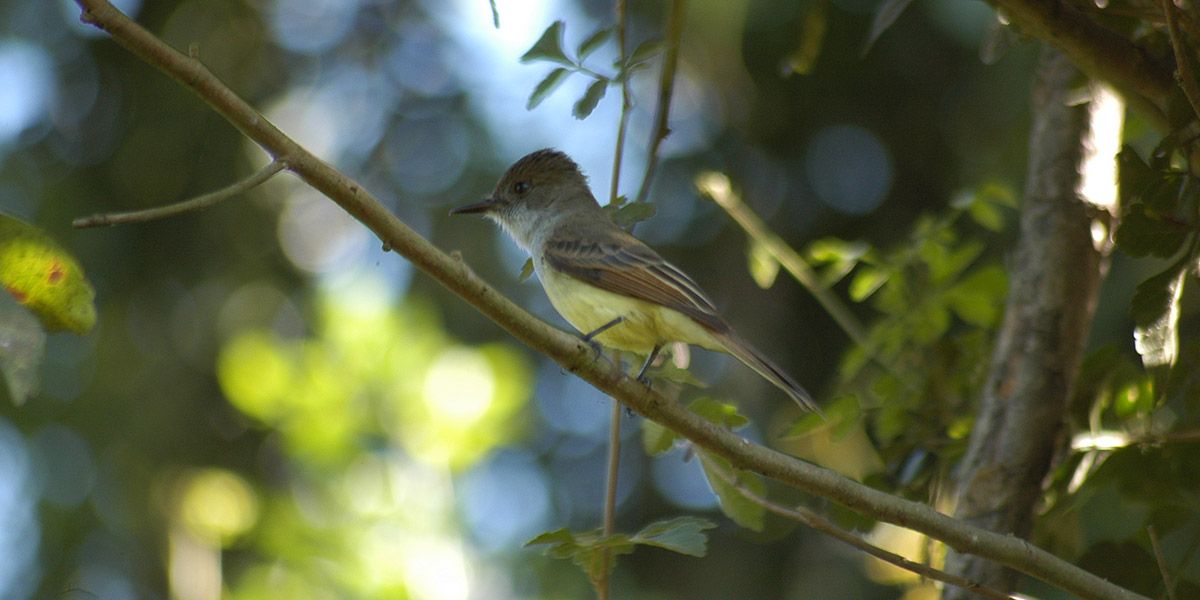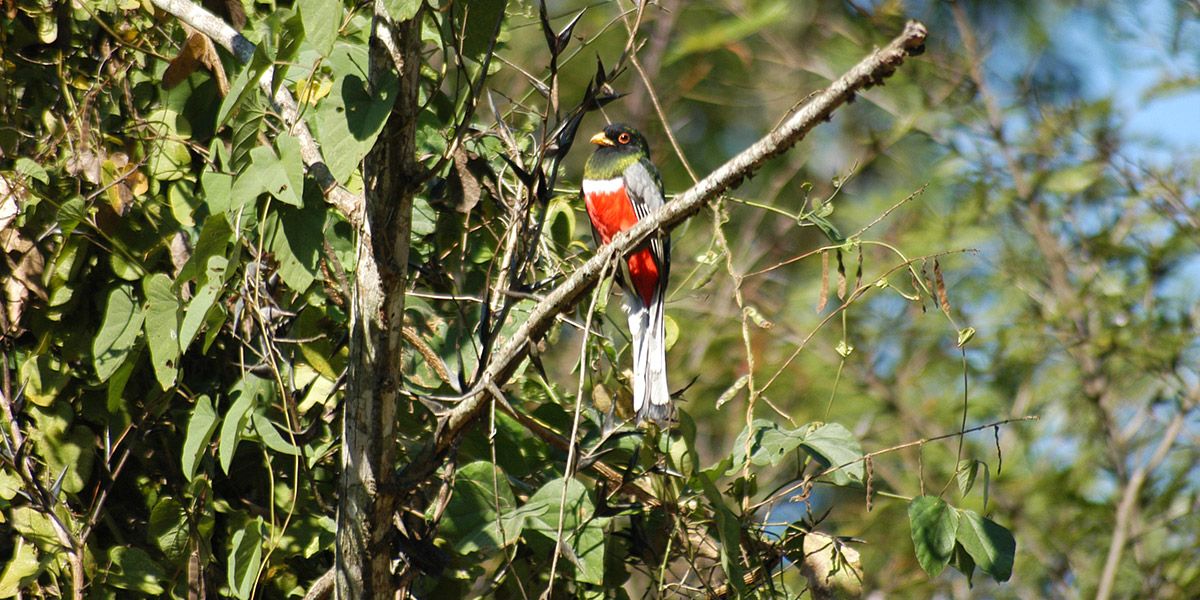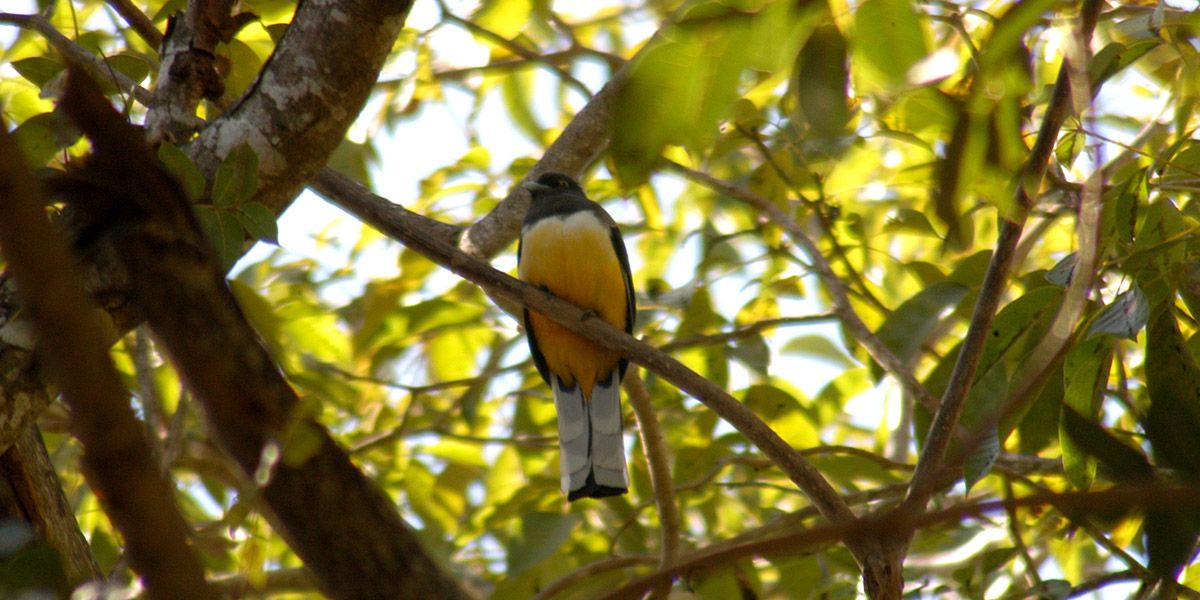SAN BLAS OF THE BIRDS
San Blas is one of the main places for bird watching on the west coast of Mexico due to the diversity of habitats that include: Rainforests, sea and beaches, mangroves and marshes, estuaries and lagoons, mountain forests of pine and oak, and islands, all of which host easily accessible birding sites. Within a 50 kilometer radius you can go from one habitat to another, via boat trips through mangroves or by open sea, or just hiking along the typical villages of the coast and mountains.
We recommend hiring a local guide for this activity.
Zoquipan Lagoon
Part of the RAMSAR 175 (the Spanish acronym for Western Hemisphere Shorebird Reserve Network), Zoquipan is a complex lagoon system consisting of marshes, canals, coastal lagoons and outcrops of fresh water within the San Cristobal- La Tovara-Los Negros system in San Blas, Nayarit.
This winter refuge for thousands of migratory shorebirds and waterfowl habitat of fauna and flora listed the Cairina moschata (Muscovy duck) in protected status as well as endangered species such as Crocodylus Acutus (River Crocodile) with one of the healthiest populations (which in the 1980s was in danger of extinction by poaching), Felis onca (Jaguar), Felis yagouaroundi (Jaguarundi), Felis pardalis (Ocelot), Felis wiedii (Margay), Ara militaris (green macaw), Falco peregrinus (Peregrine falcon), Lutra longicaudis (River Otter), Orbignia gacoyule (Coconut palm oil), Chamaedorea pochutlensis (Palma camedora), and the four mangrove species that exist in Mexico (Avicennia germinans, Laguncularia, Rhiziphora manglre and Conocarpus erectus), among others.
It is surrounded by the communities of San Blas, Chacalilla, El Capomo, El Corte, La Libertad and Reforma Agraria, all located in the Municipality of San Blas, Nayarit.
The boundary of the protected area lies about two kilometers outside the village of Singayta, and the preserve continues along Highway 74 until reaching the Conchal in San Cristobal estuary, close to the port of San Blas. An excursion to visit the birds of this lagoon starts out very early in the morning from San Cristobal estuary bridge at the entrance of San Blas.
Singayta
This is a typical community that made San Blas famous for bird watching. Although it was severely devastated by Hurricane Kenna in 2002, it remains an excellent place for bird watching. Located 7 kilometers from San Blas on Highway 74 leading to Tepic, it is part of the Pacific coastal plain, consisting of estuaries, basins, and plains suitable for agriculture, with ecosystems such as rainforest and mangroves which serve as habitat for a variety of wildlife like the American crocodile and the jaguar. You can visit it early in the morning to leave the afternoon free for visiting other sites like shrimp farms toward the town of Chacalilla, or Playa del Rey where the lighthouse is located. The Mirador del Águila along Highway 15 to Tepic is another area worth the visit.
La Bajada
A community in the mountains off the road towards Matanchen Bay (before the town of Aticama, take the road to La Palma), this picturesque agricultural hamlet is a favorite for bird watchers visiting San Blas. The vegetation is wonderful and you can see a wide variety of very colorful birds. The activity varies and some days are better than others. This site can be visited early in the morning to leave time in the afternoon to visit other sites such as those mentioned under “Singayta”.
Tecuitata and Salto del Cora waterfalls
This is a new site that has become a favorite for birdwatchers. It is reached via Highway 76 towards Tepic-Miramar. Like La Bajada, it is a mountain community dedicated to shade-grown coffee and the birds seen here are similar to those at La Bajada, but the advantage is that there is more bird activity and the landscape is a bit more open, making the birds easier to watch. The lookout is very scenic and there is a spectacular view of Matanchen Bay and the coast of San Blas from the top of the mountain.
After spending a good part of the morning “birding” in this area you can travel to the quaint village of Cora, 9 kilometers away, and reach its fabulous waterfalls to take a refreshing dip – it’s worth it!
La Noria Ecological Ranch
La Noria is located within the state Biosphere Reserve Sierra de San Juan at an altitude of 1,600 meters in a small valley of 18 hectares, off Highway 76 San Blas-Miramar, taking the detour to El Cuarenteño. It is surrounded by green hills and is an ideal place for resting and ecotourism since the ranch has cabins for rent, food service, walking trails, and also offers biking or horseback riding activities as well as climbing and a zip line.
Other places for birdwatching in San Blas and surroundings:
Fort of San Blas, Playa del Rey, La Puntilla, Borrego Beach, Chacalilla, Shrimp Farms, Stone Haramara and Elephant, Estero del Pozo, dirt road to Crocodile Preserve, San Blas-Tepic road by Matanchén Bay, El Aguacate, Mirador del Aguila, Pimientillo-Agua Brava.
Of course the evening cruise through La Tovara is not to be missed, as well as the visit to Isabel Island.

